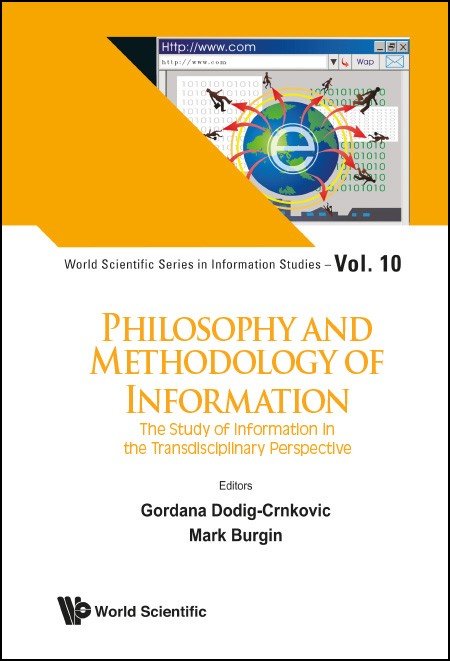Chapter 20: Knowledge Structures and Conceptual Networks for Evaluation of Knowledge Integration
The chapter addresses the general problem of assessing the integration of knowledge from different scientific disciplines joined in interdisciplinary settings and its specific application to the study of information. The method is based on the development of Interdisciplinary Glossaries as tools for the elucidation of the network of concepts involved which also serve as proxies of the corresponding knowledge integration. We show the results obtained from the application of the network approach to a specific interdisciplinary glossary devoted to the study of information. These results show the capacity of the methodology depicted to guide the future development of knowledge integration by the corresponding interdisciplinary or transdisciplinary teams, as well as to assess their integration achievements. However, the results described are rather qualitative with respect to the knowledge integration attainments. In order to offer a quantitative assessment, we propose an enhanced methodology in which each contribution and participant in the elucidation process is identified by the knowledge domains involved using a set of domains adapted from the higher categories of the Universal Decimal Classification. Such identification allows assessing the integration through a multidimensional perspective based on: (i) the diversity of the disciplines involved, measured in terms of Shannon Diversity Index, and (ii) the effective integration achieved through the meeting of different perspectives, measured through the analysis of both the semantic network of elucidated concepts and the network of participant researchers, in terms of the average minimal distance between any two nodes and the clustering coefficient, which are combined through the small-world-coefficient, σ.


